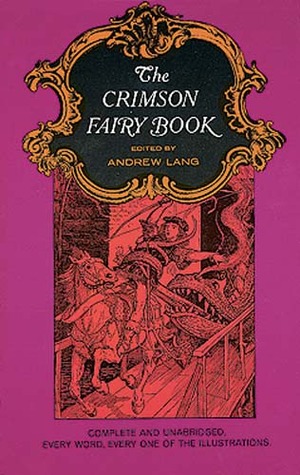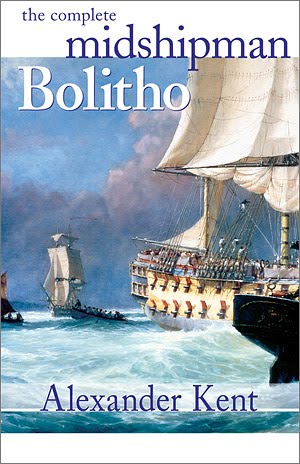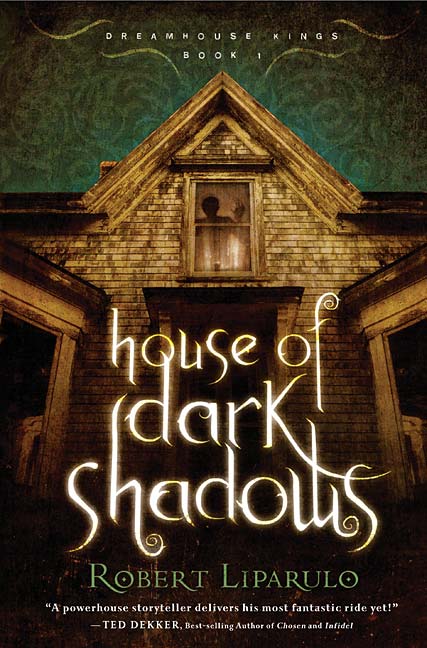This is part of a series of twelve multi-colored Fairy Books that may be the greatest collection of world folklore and fairy tales in the English language. Freely translated and adapted by Langs friends and family, The Crimson Fairy Book includes 36 tales from Finland, Estonia, Denmark, and Iceland; Portugal, Sicily, and Hungary; Serbia, Romania, and Russia; Tunisia, Africa, Arabia, and Japan. Reading this book, then, is like seeing a good deal of the world, through nursery-story glasses. And just think, you could read 6 stories a day for a week and rest on the Sabbath!
Day One Lovely Ilonka is a strange little tale, bordering on nonsense, about a bulrush that turned into a maiden, and the prince who loved her. Lucky Luck is about a servant who pays dearly for his faithfulness to his master. The Hairy Man is mostly about a prince, disguised as a servant, who produces a victorious army out of a handful of magical apples. The deliciously comic tale To your Good Health! tells of a very silly king who expected his people to wish him well against their wills. The Story of the Seven Simons shows us seven brothers, each with his own magical gift, and how they made themselves useful to their king. And a shepherd boy learns The Language of Beasts as a reward for showing kindness to a snake princess, in a story whose spouse-beating content might be frowned upon today.
Day Two The Boy who could keep a Secret, though also unfortunately given to knocking women around, exemplifies the virtue of being able to keep a secret under the dreadfullest tests. The Prince and the Dragon revisits the familiar theme of the youngest of three princes following his elder brothers out into the world, avoiding their dreadful fate, and (in this case) overcoming a dragon with the help of a princesss kiss.Little Wildrose proves that perfect wives really might grow on trees. Tiidu the Piper learns that delighting in ones work is better than trying to get rich. Paperarello is a kings son and fairys husband, who goes disguised as a filthy gooseboy in order to teach a lesson to a snooty royal family. And The Gifts of the Magician three enchanted musical instrumentsenable an unjustly condemned youth to survive the gallows.
Day Three The Strong Prince features an unusual hero, whose friends include a giant, and whose enemies include his own mother. The Treasure Seeker is a wonderful story with a twist at the end, featuring a henpecked husband who figures out how to get rich without letting his wife get hold of the money. The Cottager and his Cat seems to relate how cats were introduced to Iceland. The Prince who would seek Immortality makes a strange quest through time, life, death, and magic to achieve a goal worthy of Lord Voldemortonly without doing evil. In a story from Japan, The Stone-Cutter learns to be happy with who he is. And The Gold-Bearded Man is the story of a prince whose favors to three birds are repaid, in spite of the malice of two soldiers and the fickleness of a king.
Day FourTritill, Litill, and the Birds come to the aid of another youngest-of-three-princes in managing the tasks set him by an unusually honorable ogress. The Three Robes is similar to the story of Asmund and Signy in The Brown Fairy Book. The Six Hungry Beasts is a gruesome animal fable that finally explains why the tip of the foxs tail is white. How the Beggar Boy turned into Count Piro tells what becomes of a boy who starts with nothing but a pear tree for food and a fox for a friend. The Rogue and the Herdsman is either shockingly amoral or cleverly satirical, but it is certainly an amusing variant of the well-known sly fox story, in which the characters are actually human for once. And Eisenkopf is the name of a demon who relentlessly pursues a lad named Peter, who goes back on his promise not to marry.
Day Five The Death of Abu Nowas and of his Wife is, surprisingly, a comic story about a prank played on a Sultan and his wife. Motikatika is an infant wizard who uses divining bones to outwit a hungry ogre. Niels and the Giants is the tale of an unusual hero who defeats three giants, yet runs away from a princess because he is afraid to marry her. Oddly, the text calls Niels Peter at one point. Then Shepherd Paul starts out strong and gets stronger, until his dragon-wrestling, princess-rescuing, griffin-riding exploits mark him as an ancestor of Paul Bunyan. How the wicked Tanuki was punished is a Japanese animal fable of a child avenging its mothers murder. And The Crab and the Monkey have a battle of wits (to the death) over the fruit of a kaki tree.
Day Six The Horse Gullfaxi and the Sword Gunnföder contains one of the nicest stepmothers in all folklore, besides four deadly giants and several magical talismans. The Story of the Sham Prince, or the Ambitious Tailor is, big surprise, about a tailor who passes himself off as a prince, and the anguish that results for the real princemaking this Arabian folktale apply to the current problem of identity theft. The Colony of Cats describes the contrasting fates of two sisters who both worked as servants for a very rich, er, colony of cats. How to find out a True Friend is the touching tale of a princes search for companionship during a pilgrimage to the shrine of St. James (see also The Ramsay Scallop). Clever Maria drives a young king into a state where he does not know whether he wants to kiss her or kill her. And finally, The Magic Kettle makes the fortunes of two old men by turning into a mischievous tanuki from time to time.
And on the seventh day, the devotee of folklore and fairy tales rested, and saw that all the stories were goodsome of them down-right dangerous! Besides that, there are 53 delightful illustrations by the artist (not the automobile magnate) named Henry Ford. Except for one or two politically incorrect moments and a few errors in typesettingthis is, after all, a facsimile of the 1903 editionI think you will come to the end of this weeks worth of tales, eager for more. Arent you glad there are 11 more books in the series?




